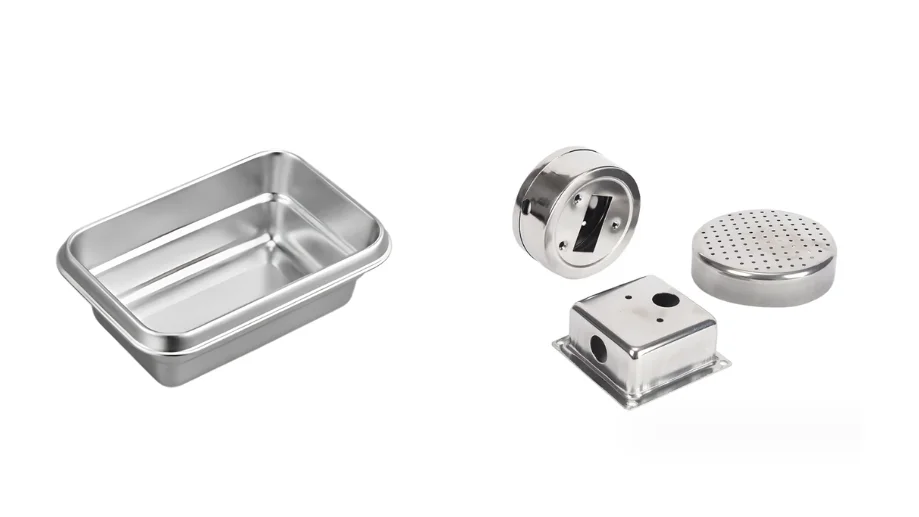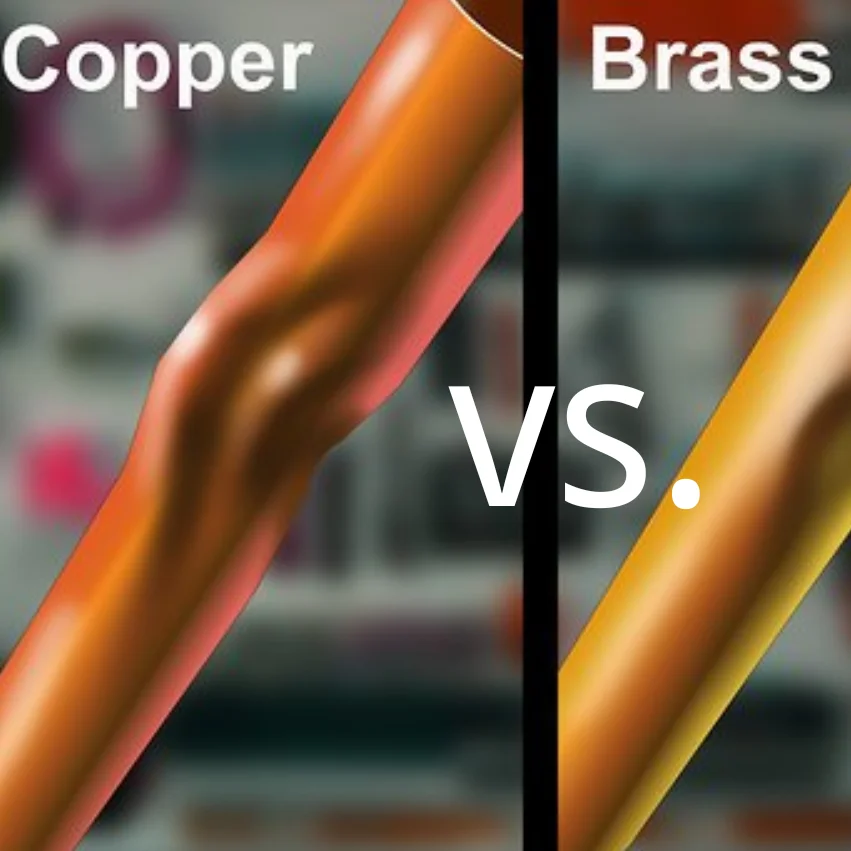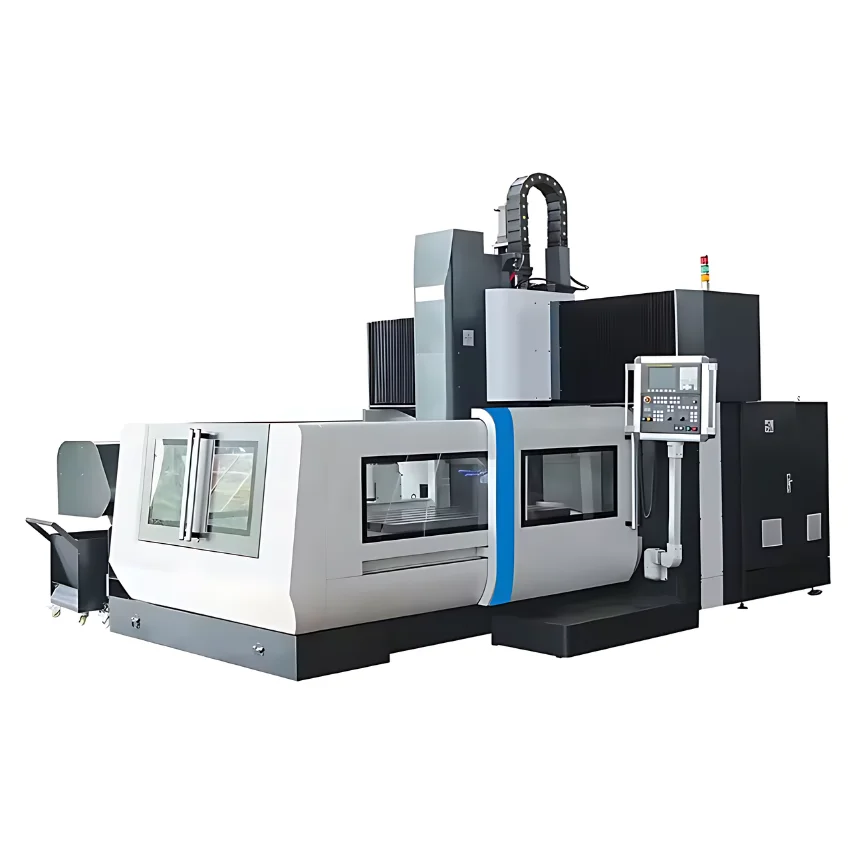Milling machines are staple equipment in the manufacturing and metalworking industries, Covers many types. such as
- Vertical Milling Machine
- Horizontal Milling Machine
- CNC Milling Machine
- Elevating Milling Machine
- 3-Axis Milling Machine
- 4-Axis Milling Machine
- 5-Axis Milling Machine
- Manual Milling Machines
- Semi-automatic Milling Machine
- Automatic Milling Machine
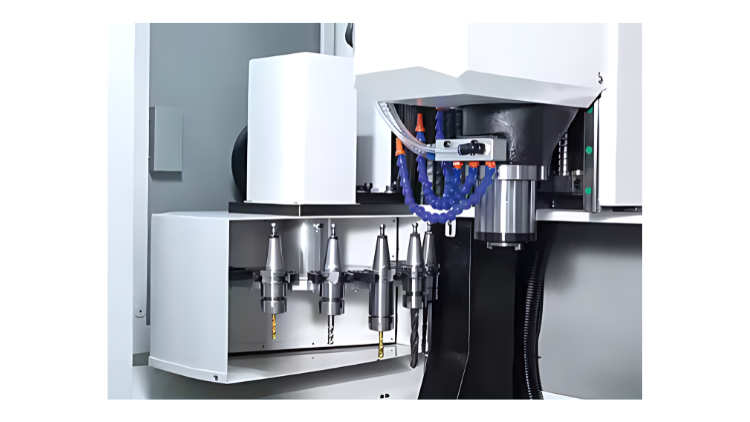
In this article, we will discuss their functional mechanisms and the types of milling operations for which each machine is best suited.
What is a Milling Machine?
A milling machine is a type of tooling machine that is primarily used to cut and shape on workpieces to create a variety of parts. It removes material by using a rotating cutting tool that can accurately shape a wide range of materials such as metals, plastics, ceramics, and wood. Milling machines can be operated manually or automatically controlled by computer numerical control (CNC). It is one of the most important pieces of equipment in shop production.
CNC milling machines can cut a wide range of materials, such as
- Metals and alloys: including steel, copper, aluminum, titanium, stainless steel, etc.
- Plastics: including UPVC, HDPE, ABS, nylon, etc.
- Ceramics: including glass, tile, porcelain, etc.
- Wood: including artificial wood, softwood, hardwood, etc.
The pros and cons of milling machines can be viewed here.
Components of a Milling Machine
Milling machines come in many different types, resulting in a diversity of machine components. Here are some parts of a general milling machine:
- Base: Serving as the fundamental support structure, the base is where the milling machine is firmly mounted. Constructed from robust materials such as cast iron, it provides stability and absorbs the vibrations produced during milling operations.
- Saddle: As a connecting device between the table and the knee of the milling machine, this facilitates horizontal movement of the table relative to the column.
- Spindle: Serving as the component that holds and secures the cutting tool, the spindle is responsible for its attachment to the machine. In multi-axis milling machines, the spindle has the ability to rotate, enabling versatile cutting movements.
- Column: Acting as the structural support for the machine’s mobile components, the column houses the driving mechanism fixtures of the machine.
- Worktable: Serving as the platform for the workpiece, the worktable securely holds it in place using clamps or fixtures. Typically, the table can move back and forth, while multi-axis milling machines may feature rotary tables for added versatility.
- Headstock: The headstock is the component responsible for housing and connecting the spindle to the machine. It enables spindle movement through the motors located within it.
What are the Different Types of Milling Machines?
Milling machines are categorized into a number of different types, each of which contains a number of specific models. These different milling machines include:
Based on Spindle
A spindle is used to mount a cutting tool and to machine a workpiece by rotating it. It also transmits power to the cutting tool so that it can rotate at high speed and cut, engrave or drill the workpiece during machining. According to the spindle classification, there are several types:
Vertical Milling Machine
Vertical milling machines feature a spindle perpendicular to the table and a rotatable column. Typically, the cutting tool is mounted on the spindle, which can be adjusted up or down when needed.
The cutting tools, with their sharp edges, remove material from metal, wood, and plastic workpieces. Consequently, operators mainly use vertical milling machines for machining grooves, slots, keyways, surface machining, and drilling.
Horizontal Milling Machine
Horizontal milling machines feature a spindle axis aligned in the horizontal plane, enabling the cutting tool to approach the workpiece from the side, not from above. This orientation is particularly advantageous for certain Types of Milling Operations, such as slot cutting, grooving, or side milling.
Typically, these machines are equipped with a rotary table that allows for angular adjustments of the cutting tool, enhancing the flexibility and scope of operations. The cutting tools used on horizontal milling machines are generally shorter and wider, providing greater stability and support during heavy material removal processes.
CNC Milling Machine
CNC milling machines are highly automated, and these machines specialize in all types of milling operations, including cutting, engraving, and drilling. This automation allows for precise and repeatable results in complex tasks such as creating intricate designs, shaping parts, or forming holes, all of which are essential in modern manufacturing processes.
Elevating Milling Machine
The spindle of the elevating milling machine is able to move up or down, which makes machining easier and more flexible. Because it can adjust the height of the spindle according to the needs of the workpiece, it is suitable for those workpieces that need to be machined to a greater depth.
Based on the Number of Axes
Milling machines are classified according to the number of spindles, with each type offering specific machining capabilities and range of applications. The following are some of the main types:
3-Axis Milling Machine
A 3-axis milling machine utilizes a cutting tool that moves in the X, Y, and Z axes in order to machine the surface of a workpiece. Such as surface leveling, contour cutting and hole machining. This type of milling machine is widely used in mold making, parts machining and engraving.
4-Axis Milling Machine
Four-axis milling machines work by controlling four independent axes of motion, including X, Y, and Z, as well as additional rotary axes. The cutting tool can not only move horizontally and vertically but can also rotate around the workpiece, allowing for more complex and finer machining operations. 4-axis milling machines are widely used for surface engraving, inclined cutting, and helical machining.
5-Axis Milling Machine
While traditional three-axis milling machines operate in three directions (X, Y and Z), five-axis milling machines add two more axes of motion, which helps mill complex shapes more efficiently and can reduce the need for multiple setups. These machines are widely used in industries such as aerospace and automotive manufacturing.
Based on Control Methods
Milling machines are classified by control type, which reflects the degree of human-machine interaction during the machining process. These types range from manual to fully automatic, and each type has its own unique characteristics and application scenarios. Below are the different control types for milling machines:
Manual Milling Machine
Although manual milling machines are relatively simple to operate, operators need to have a certain level of experience and skill to ensure accuracy and quality of machining. their machining accuracy is relatively low due to the high potential for human error on the part of the operator.
Semi-automatic Milling Machine
Semi-automatic milling machines require the operator to manually control functions such as speed and depth of cut, while a preset automatic program controls the cutting trajectory and machining program.
Automatic Milling Machine
An automatic milling machine is a milling machine that controls the movement of the tool and workpiece through preset automatic programs. The operator only needs to monitor the machining process. This milling machine automatically performs cuts through preset programs, enabling efficient and precise machining.
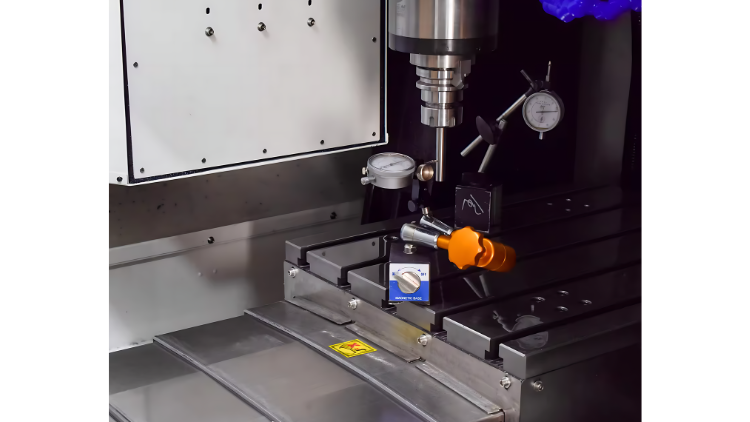
Summary
This article details the types of milling machines and their applications, which will help you choose the most appropriate type of milling machine.
If you are looking for milling machine services, contact us today for a project quotation form.

